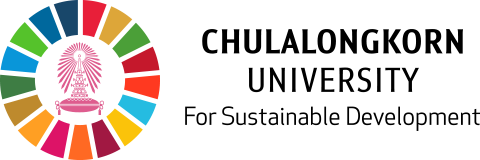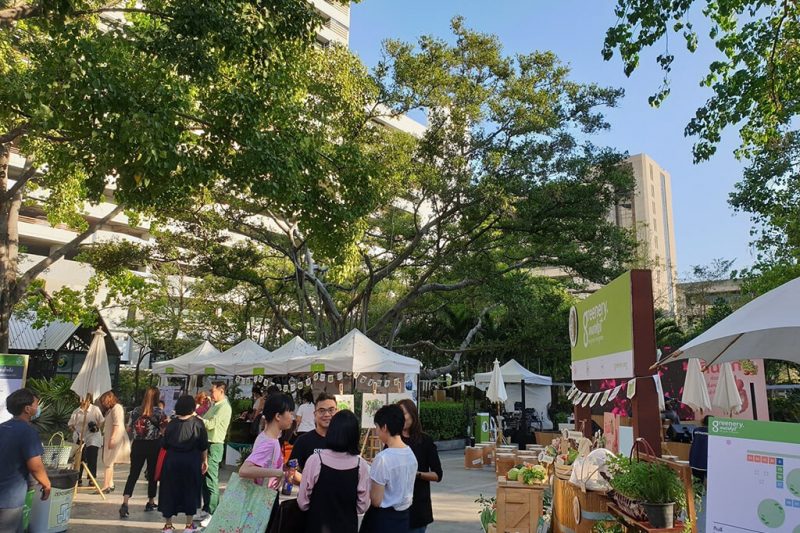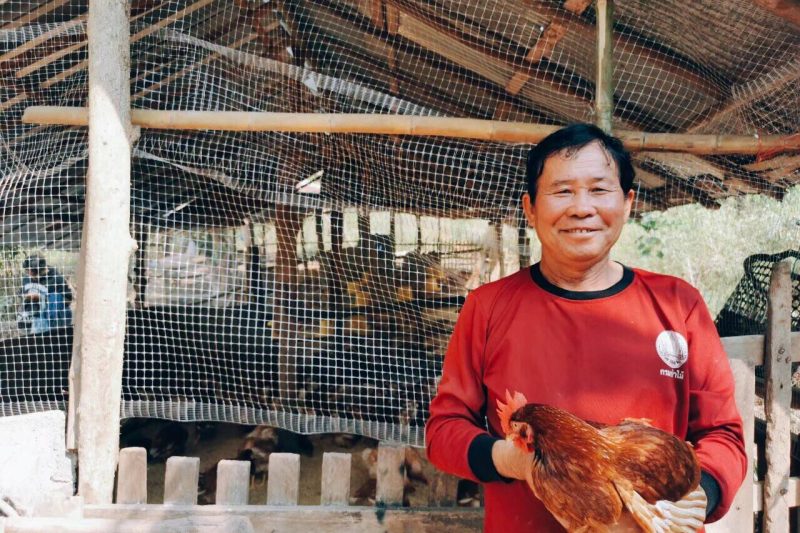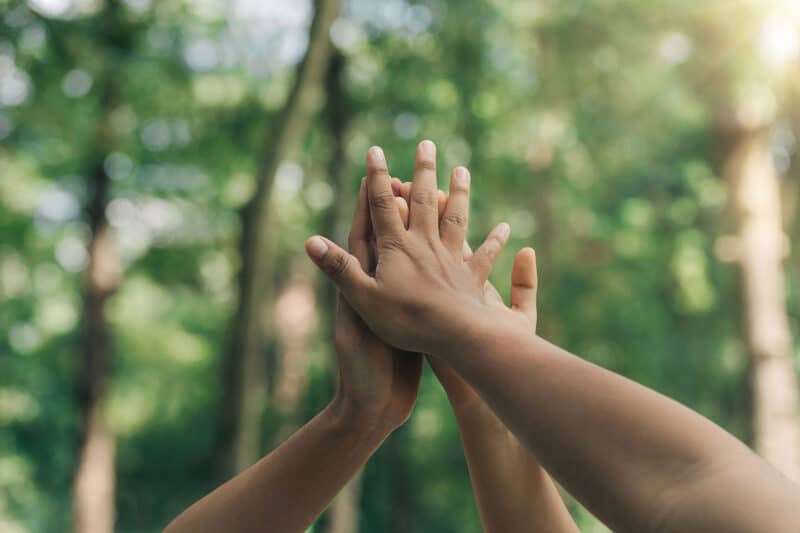Chulalongkorn University to Produce Mogan Youth Guides Reinvigorating Andaman Sea Peoples through Education
Chao Lay, or Sea People, are one of 56 ethnic groups in Thailand, residing throughout the five provinces of the Andaman coast of Ranong, Krabi, Phang Nga, Phuket and Satun. Within the group distinguished by centuries of adherence to a fishing and seafaring based way of life, with a mastery in astronavigation, differences in languages, rituals and boat designs can be noticed and allow for the people to be divided into three major tribes; 1) Mogan 2) Moken 3) Urak Lawoi
Although the Chao Lay is an indigenous people who have lived on the islands and coasts of the Andaman Sea for hundreds of years, but few know and accept their ethnic ways. Especially in terms of applying the Moken culture to manage resources and ecosystems in the Andaman Sea for sustainability. The relevant sectors cannot underestimate the potential of the Moken people along the Andaman Sea as experts in the marine and forest areas of this region. It is also necessary to focus on the development of participation processes, especially in ethnic cultural tourism, along with the development of eco-tourism in the seas and beaches, as it was.
Especially when the growth of the city grew rapidly crossing into the Moken tribe society because technology and innovation have advanced by leaps and bounds. Empirical evidence has been found that children and youth in Lay are also so quick to accept external languages and cultures that they fear they may abandon their cultural heritage, which is the valuable root of their ancestors. If they are not in a hurry to fix it, the way of the villagers will be lost. without inheritors of the wisdom and spirit of forest protection and the Andaman Sea Disappear with the diverse urban culture that has swallowed up.
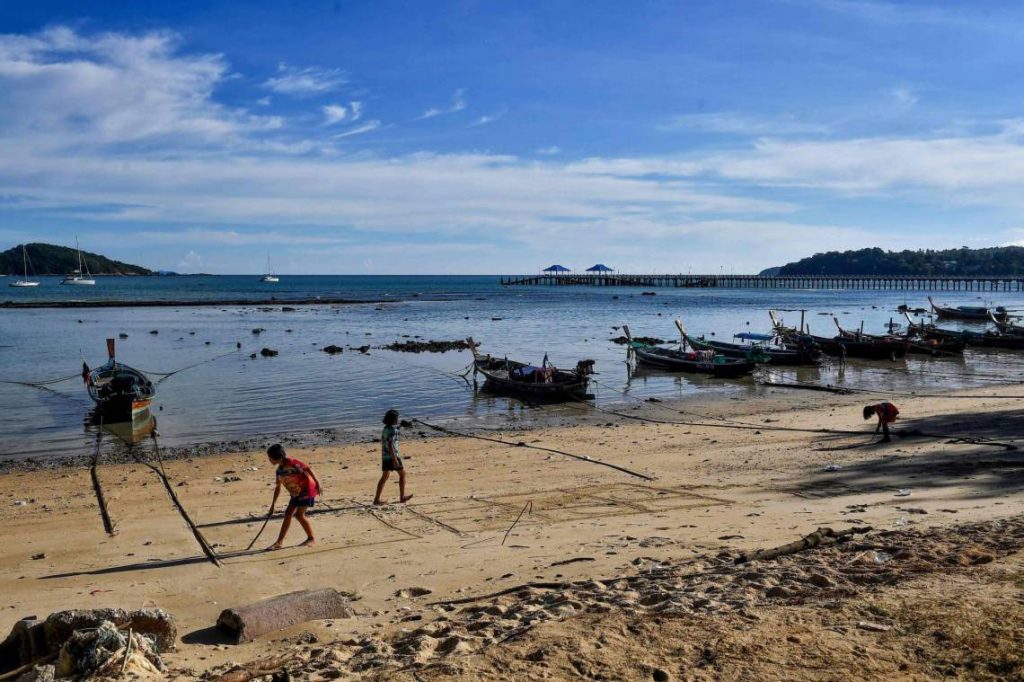
For this reason, Chulalongkorn University through its Social Research Institute’s Andaman Pilot Project for Indigenous Peoples Research and Alternative Development Unit, which is also sponsored by the Princess Maha Chakri Sirindhorn Anthropology Centre. Together, a network was formed throughout Chao Lay communities, connecting local schools, Chao Lay leaders’ groups and various other collectives, including cultural art groups, wives’ association and fishing unions. From this support, the Rehabilitation of Thai Sea People’s Culture Project was borne to provide Mogan and Moken children in Phang Nga and Phuket provinces, both within Chao Lay communities and at schools with Chao Lay students, with youth tour guide camps and practical training, as to encourage them to take an interest in their history, cultural heritage and surrounding environments as well as to value the way of life their people have been practicing for centuries.
The youth tour guide training camps held in the Chao Lay communities shared a single format but differed based on local cultural distinctions. In the year 2020, Chulalongkorn University’s Social Research Institute staged camps in the Surin islands for 30 young people, dividing them among three bases featuring different cultural contexts. Base 1 was on “Kabang” or traditional Mogan boats, Base 2 was on the toponymy of the Surin islands and Base 3 was on Mogan instruments and songs. For practical training, participants were told to tell stories relevant to three more bases. Base was a Mogan exhibition pavilion, Base 2 was the “Taping Kotan” nature-culture study trail and Base 3 was the Mogan village exploration trail.
Youth tour guide training camp and activities at Chulalongkorn University Actions for the community also raise awareness of people in the community. Especially the elders of Chao Ley saw their descendants come to inquire about the details of the origins of their trives in various aspects, including their boat building traditions, past seafaring and living on the different islands.These queries sparked joy and pride as well as provided a view on the Moken culture, as well as seeing the new direction in determining the form of tourism that helps communicate to people outside the tribe to understand this sustainable way of the Andaman people.
After going through the camp activities children and youth will be asked to work in groups. Brainstorm ideas on content and knowledge gained from hands-on practice. Then come out and present and share. “What I found” with other groups of friends on the beach in front of the village And there is also an evaluation of the training of young tour guides. to reflect likes and dislikes or what you want to learn in the next training event, including to talk about joint activities between children and youth in other communities, such as friends Moken, Morgan and Urak Lawoi. Which in the future will be able to join forces to create a network of Andaman children and youth
Moreover, the camps led to the publishing of a guidebook for the Chao Lay community of Baan Laem Tukkae on Koh Sire of Phuket province. Social media was used to disseminate knowledge and communicate the Sea People’s culture of harmony with the sea and the Andaman Pilot Channel was launched on YouTube to propagate understanding of Thailand’s Chao Lay people. The channel has grown to 65 videos with 1,349 views (data as of November 2020).
The Rehabilitation of the Thai Sea People’s Culture Project by Chulalongkorn University, in collaboration with its network of partners, has proceeded for several years now. In this time, it was found, that on top of the strengths in the cultures and traditions of the Chao Lay people, which make for important “stories”, there are also many new opportunities within the community, with its youths becoming more familiar with tools such as digital cameras and smartphones, developing their ability to express themselves and some even specifically studying tourism management and foreign languages. At the national level, the project has helped persuade government ministries to establish locally beneficial policies, with the Ministry of Tourism and Sports making plans to issue a rule requiring tour companies entering Mogan communities use Mogan guides as to help preserve the Sea People and their sustainable ways.
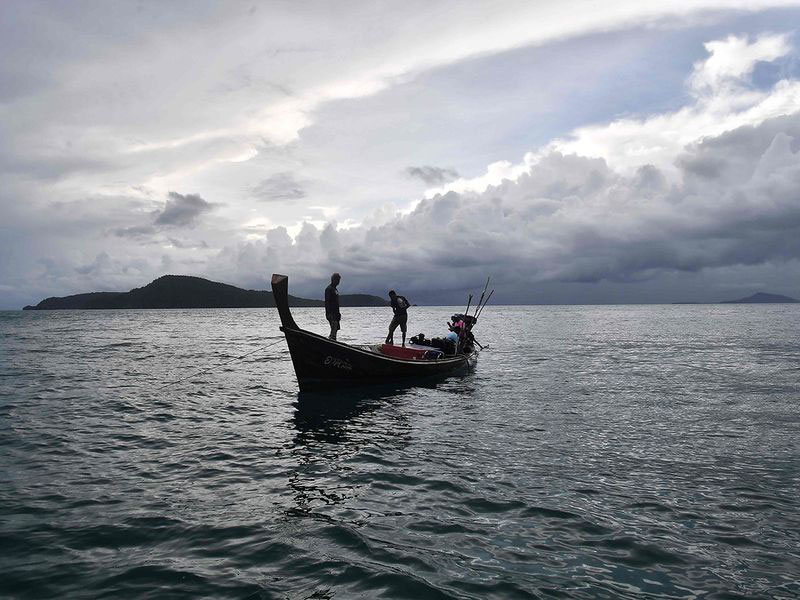
BY
Social Research Institute, Chulalongkorn University
Related articles:
- https://www.channelnewsasia.com/asia/thailand-phuket-sea-gypsies-covid-19-tourism-conservation-562581
- https://headtopics.com/sg/covid-19-pandemic-respite-for-thai-sea-gypsies-threatened-by-mass-tourism-17011898
- https://gulfnews.com/photos/news/covid-19-pandemic-respite-for-thai-sea-gypsies-threatened-by-mass-tourism-1.1606141215653?slide=1
- https://www.thaipbsworld.com/pandemic-respite-for-thai-sea-gypsies-threatened-by-mass-tourism/
- https://thestringernews.com/2020/11/26/pandemic-respite-for-thai-sea-gypsies-threatened-by-mass-tourism/
Others
Organic agriculture for health and wealth
Community-based certification opens new doors for farmers in Nan
